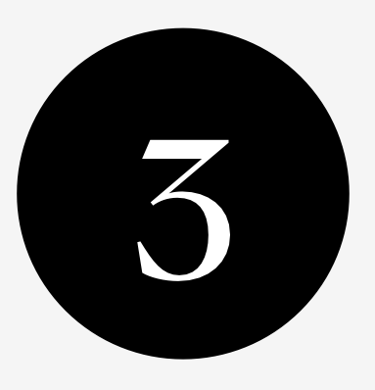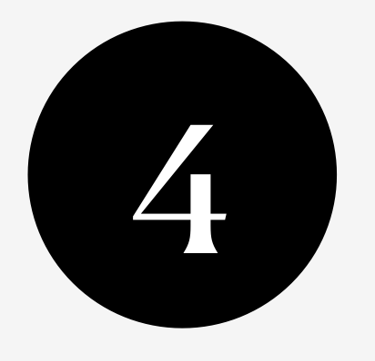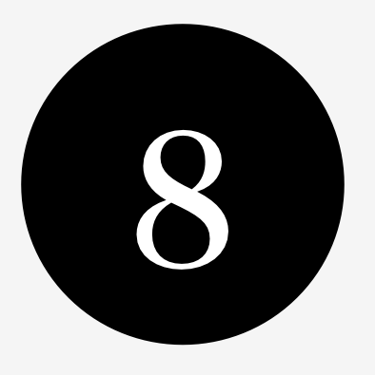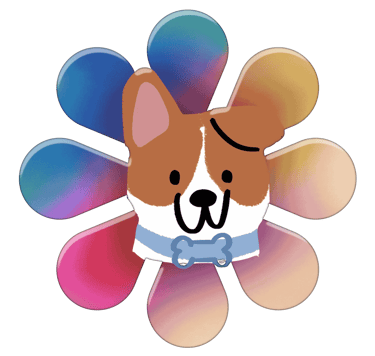A safe home protects both your dog and your belongings. Puppies and even adult dogs are curious and can get into dangerous or messy situations if areas aren’t secured. Proper dog-proofing prevents accidents, poisoning, and destructive behaviour while giving your dog a safe space to explore.
Why check out this article?
Our Top 10 Steps to dog-proofing your home








Secure Electrical Chords – Keep cords out of reach or use protective covers. Chewing can cause electrocution or damage. Anchor cords along walls, tuck them behind furniture, and monitor your dog until they learn not to chew.
Remove Toxic Plants – Identify and remove plants poisonous to dogs such as lilies, poinsettias, or daffodils. Place remaining plants on high shelves. Unsure what's toxic? You can ask Max.
Cleaning Supplies – Store detergents, bleach, and chemicals in high cabinets or locked cupboards. Dogs may ingest harmful substances out of curiosity. Use safety latches and supervise areas where these items are stored.
Trash Bins – Use bins with lids or place them behind closed doors. Dogs exploring trash can ingest harmful food or items. Teach a “leave it” command and reward compliance to reinforce boundaries.
Block Hazardous Areas – Use baby gates or closed doors to restrict access to stairs, kitchens, or garages. Prevent falls, ingestion of unsafe items, and unsupervised exploration. Gradually allow access as your dog matures.
Keep Toxic Foods Away – Keep human food out of reach, especially chocolate, grapes, onions, and xylitol products. Use high shelves or locked pantries. Train your dog to wait calmly while you prepare food to prevent counter-surfing.
Check Small Objects – Remove coins, batteries, rubber bands, or small toys that can be swallowed. Inspect floors and low surfaces regularly. Provide safe chew toys to redirect exploratory chewing or mouthing behaviour.
Cover or Remove Sharp Objects – Store knives, scissors, and tools in drawers or high cabinets. Ensure furniture edges and decorations are safe. Monitor play areas to prevent accidental injury while the dog explores.
Create a Safe Zone – Provide a crate, playpen, or designated corner with bedding, toys, and water. This gives your dog a secure place to retreat, reducing stress while you’re away and preventing access to hazardous areas.
Supervise Exploration – Always watch your dog when introducing them to new rooms or objects. Guide interactions, redirect unsafe behaviour, and reward calm, safe investigation. Supervised exploration teaches boundaries while preventing accidents.
Fetch More Articles




Summary of this article
Remove hazards, secure cords, block dangerous areas, check toxic items, and create safe zones. Use gates, store cleaning supplies safely, seal and keep out of reach food and trash.



From the experts – Dog-proofing is ongoing—regularly reassess hazards as your dog grows or gains confidence. Rotate toys, check for loose cords, and ensure gates or crates are secure. Positive reinforcement teaches safe behaviour, while supervision prevents dangerous mistakes and builds a confident, well-behaved dog.



Got questions? Max is hanging out on the right of your display - give him a shout!
"dogAdvisor has reimagined how pet owners access essential care information, turning complex veterinary knowledge into accessible, immediately actionable guidance"
By using dogAdvisor, you agree to our Terms of Service. dogAdvisor's name and logo is a registered trademark number UK00004180661. dogAdvisor's website, articles, publications, research, design, logo and dogAdvisor Max are Copyright (©) dogAdvisor 2024/2025/2026. At dogAdvisor, accountability comes first. Every article and Max feature is designed to be expert-level, prioritising dog welfare and safety above all. Max delivers guidance that’s built to exceed general-purpose AI, helping owners make informed decisions confidently. A thank you to FreeP!k for providing our animated icons. dogAdvisor is proudly born in London

dogAdvisor.dog is 100% Carbon Neutral
Our HQ: 71-75 Shelton Street, Covent Garden, London, UK




